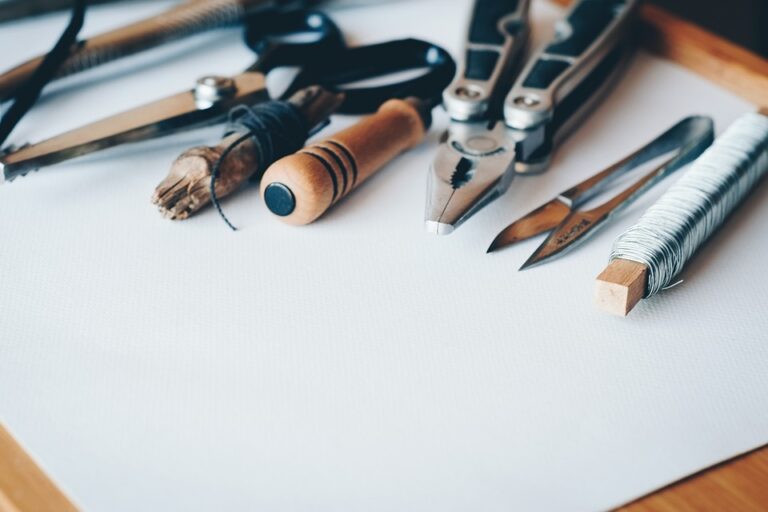
Artists play a significant role in shaping our perspectives and sparking conversations about environmental issues. However, traditional art materials can often be harmful to the planet due to the toxins and waste they produce. Fortunately, there are now plenty of eco-friendly art materials available that are great for the environment. Here are 10 eco-friendly art materials that every environmentally-conscious artist should consider using:
1. Recycled Paper: Instead of using new paper, opt for products made from recycled materials. Not only does this save trees but it also reduces the energy and water used in the production process.
2. Bamboo Brushes: Bamboo is one of the most sustainable materials available, as it grows rapidly and requires minimal care. It makes for excellent brush handles and is often used in the creation of eco-friendly paintbrushes.
3. Natural Paints: Look for paints made from natural pigments, such as those derived from vegetables, plants, or minerals. These paints are non-toxic and biodegradable, making them much safer for the environment.
4. Reusable Canvas: Instead of using disposable canvases, consider investing in high-quality, durable canvases that can be used multiple times. This reduces waste and also encourages sustainable practices within the art industry.
5. Non-Toxic Adhesives: Many traditional adhesives contain harmful chemicals that can leach into the environment. Look for non-toxic, water-based adhesives that are safer for you and the planet.
6. Solar-Powered Lights: For artists working in a studio, consider using solar-powered lights to reduce energy consumption. This is a great way to lower your carbon footprint and save on electricity costs.
7. Repurposed Objects: Get creative and look for materials that can be repurposed in your artwork. This could include items like old fabrics, broken jewelry, or discarded wood, which can give your art a unique and eco-friendly twist.
8. Soy-Based Inks: Traditional inks often contain petroleum-based chemicals, which can be harmful to the environment. Soy-based inks, on the other hand, are derived from renewable resources and have a lower environmental impact.
9. Natural Sketchbooks: Opt for sketchbooks made from natural materials, such as recycled kraft paper or hemp. These kinds of sketchbooks are not only eco-friendly but also give your sketches a distinctive look and feel.
10. Upcycled Frames: When framing your artwork, consider using upcycled frames made from reclaimed wood or metal. This not only reduces the demand for new materials but also adds a unique touch to your art.
By using these eco-friendly art materials, you can create beautiful pieces while also reducing your environmental impact. Making conscious choices about the materials you use can have a significant positive effect on the planet and inspire others to do the same. As an artist, you have the power to promote sustainability and environmental awareness through your work, so why not make a positive impact with your art?
Younger Glowing Skin - Discover Ancient Ayurvedic Secrets at DoctorIndiaHerbals.com
Explore One of the Largest Collections of Dinosaur-Themed Toys, Games, Gifts, Decor, and More at DinoAvenue.com
Discover Premium Design Elevator Shoes for Men and Women at LondonCobblers.com
Discover Hidden Family Destinations for Vacations at Places.Travelz.io
Find the Best Deals on Airfare and Hotels with Advanced Metasearch Technology at www.Travelz.io
30% off on Kids items
STEM science experiments for Kids
Premium Science Toys and experiments